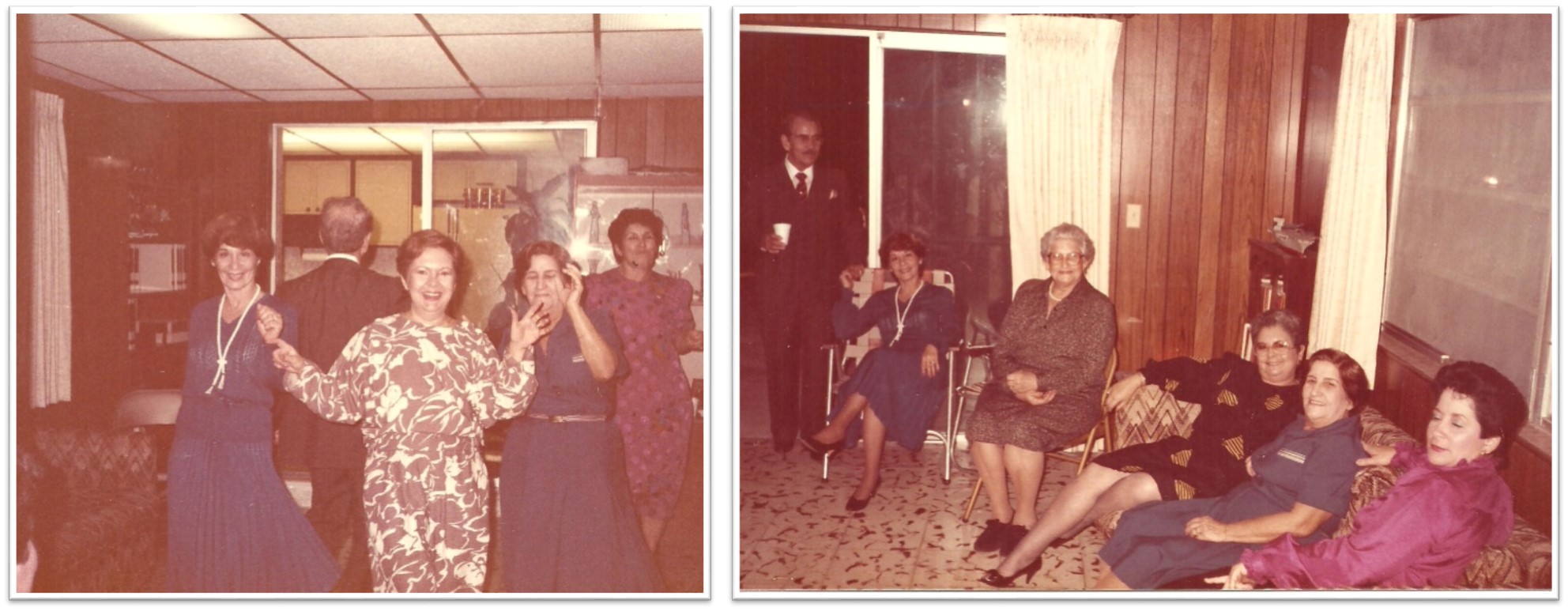CCSS.ELA-Literacy.CCRA.R.7
Integrate and evaluate content presented in diverse media and formats, including visually and quantitatively, as well as in words.
CCSS.ELA-Literacy.CCRA.SL.2
Integrate and evaluate information presented in diverse media and formats, including visually, quantitatively, and orally.


1. Project the photographs of the Florida room in front of the class. Ask your students to look at the photos closely and to write down what they see and notice. Next ask them to imagine they are standing or sitting in the room and to make a list of what they would see, hear, smell, and taste.
2. Ask your students to share out loud what they saw and noticed in the photos and to support their observations with evidence. If they write down, for example, that someone looks happy or confused, they must give evidence from the photo to support their observations. Consider asking them the following questions: How does the room change from photograph to photograph. What room (den, living room) do they think is depicted in each photograph, based on the evidence of what they notice. Which occasions might be taking place in each photo (Christmas, Thanksgiving)?
3. Project the poem “El Florida Room” by Richard Blanco in front of the class and ask your students to read it silently and to write down the words, phrases, and images that jump out at them.
4. Go around the class and ask your students to each read a stanza aloud to the class, while the listening students continue to jot down new words and/or phrases that jump out at them.
5. Ask your students to share what they think the poem, the poet, and the photographs are saying about the Florida Room. Does the imagery evoked by the poem say the same or different things as the imagery in the photographs? How so? (Make sure your students use evidence from their experience of the poem and the photograph to support their answers.)
6. Whole-class discussion: Ask your students to share their description of a favorite room in their current home, a home they once lived in, or a room from a relative’s home (e.g. grandmother’s house).
1. Have your students pick their favorite room in their home. They can also choose a room in a home where they once lived or a favorite room in the home of a relative (for example: their grandmother’s kitchen or living room). It must be a specific room (kitchen, patio, living room, etc. )—not the entire home.
2. Ask your students to find a photograph of their favorite room and to study it. What details do they notice about that room? What things do they remember doing there by themselves or with a best friend, or with others in their family? If they can’t find a photo, ask them to create a detailed drawing of the room from their memory.
3. Have your students write a poem (minimum 10 lines) about their favorite room.
Each line of the poem should describe some specific detail about that room (for example: the pictures on the walls, the fabric of the sofa, the smell of their mother’s cooking, the fruit on the dining room table, the photos on the coffee table, etc.).
The poem should include their favorite memories or specific incidents that happened in that room.
The poem must have a title.
4. Ask your students to bring their photos or drawings to share with the class, as well as copies of their poem to hand out and share.
1. Ask for volunteers to share their work (and copies of their poems and a photo). Have volunteers read their poems aloud.
2. Ask your students to gather in small groups and to discuss the following questions:
What specific things do you notice about the poems and the photos?
Does the poem accurately describe the room? Why or why not?
Did you “feel” you were in the room that was described in the poem?
What images from the photo are not in the poem? Why or why not should they be included?
Where in the poem is the poet using abstract language and concrete language (or specific images)? Which is more effective and why?
What do the images in the poem and the photograph or drawing suggest about the feeling in the poem?
3. Whole-class discussion: Ask your students what they learned about why poets include sensory details in their work.
